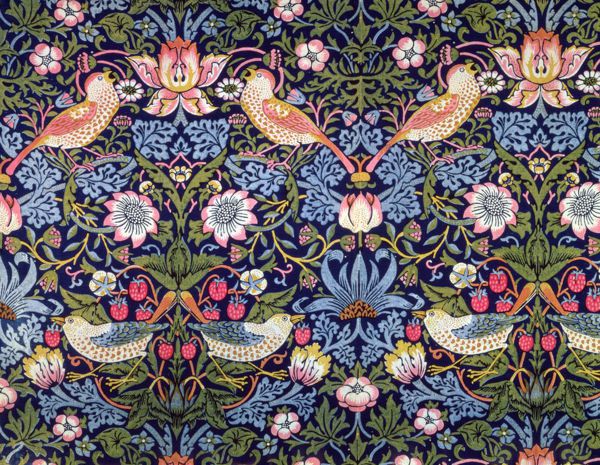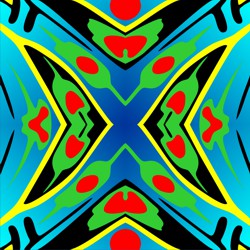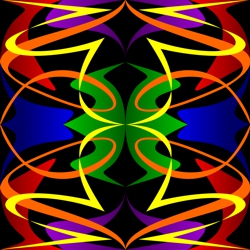How to Design Repeat Patterns
A Repeat Pattern is the repetition of lines, shapes, tones, colors, textures and forms. Artists and designers explore patterns to discover their decorative elegance, to understand their structural form and to communicate their intrinsic beauty.

William Morris (1834-1896)
'Strawberry Thief', 1883. (printed fabric)
Our lessons on repeat patterns were inspired by the art of William Morris.
In December 1881, William Morris, who was the greatest pattern designer of the Arts and Crafts Movement, delivered a lecture on 'Some Hints on Pattern Designing' at the Working Men's College in London. He described good decorative pattern as "Something that will not drive us into unrest or callousness; something which reminds us of life beyond itself and which has the impress of imagination strong on it; and something which can be done by a great many people and without too much difficulty and with pleasure."
Today, repeat patterns are seen almost everywhere but they also reach back through the history of design and across all continents and cultures. They are used in tiling, wallpaper, textiles, packaging, backdrops for text or illustrations in graphic media, jewellery and in architectural forms. They are created using a wide range of media in both two and three dimensions. Most modern pattern design is done on computers for speed and accuracy but historically it was a craftsman-like skill that identified some of the greatest artists and artisans of their day. A knowledge of how to design repeat patterns is an essential skill for any designer.
-
Repeat Patterns Lesson 1 demonstrates how to design a 'mirror' repeat pattern using any image (photograph or drawing) as your source material.
-
Repeat Patterns Lesson 2 teaches you how to design a repeat pattern by using a template to construct abstract shapes and colors drawn from your imagination.




